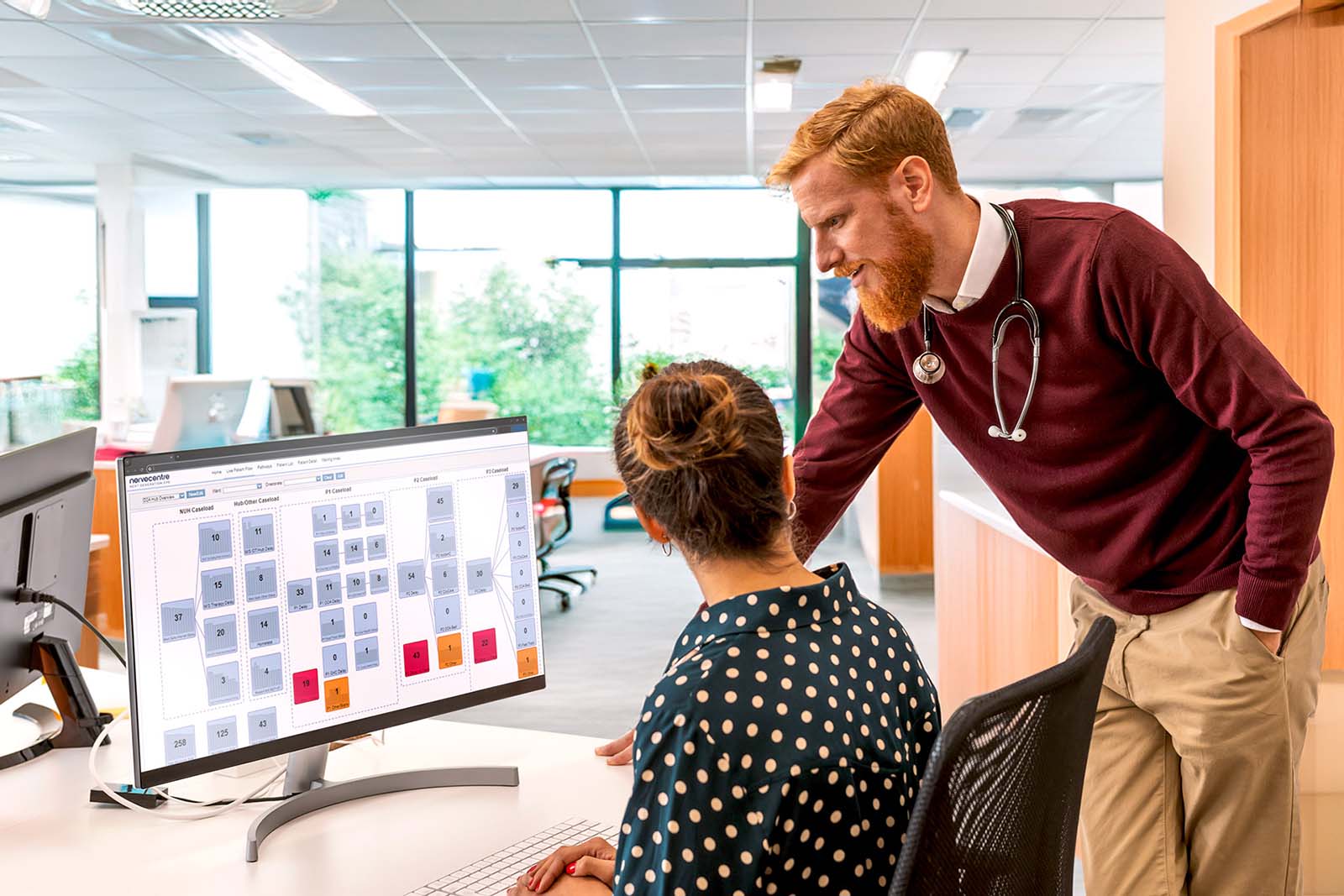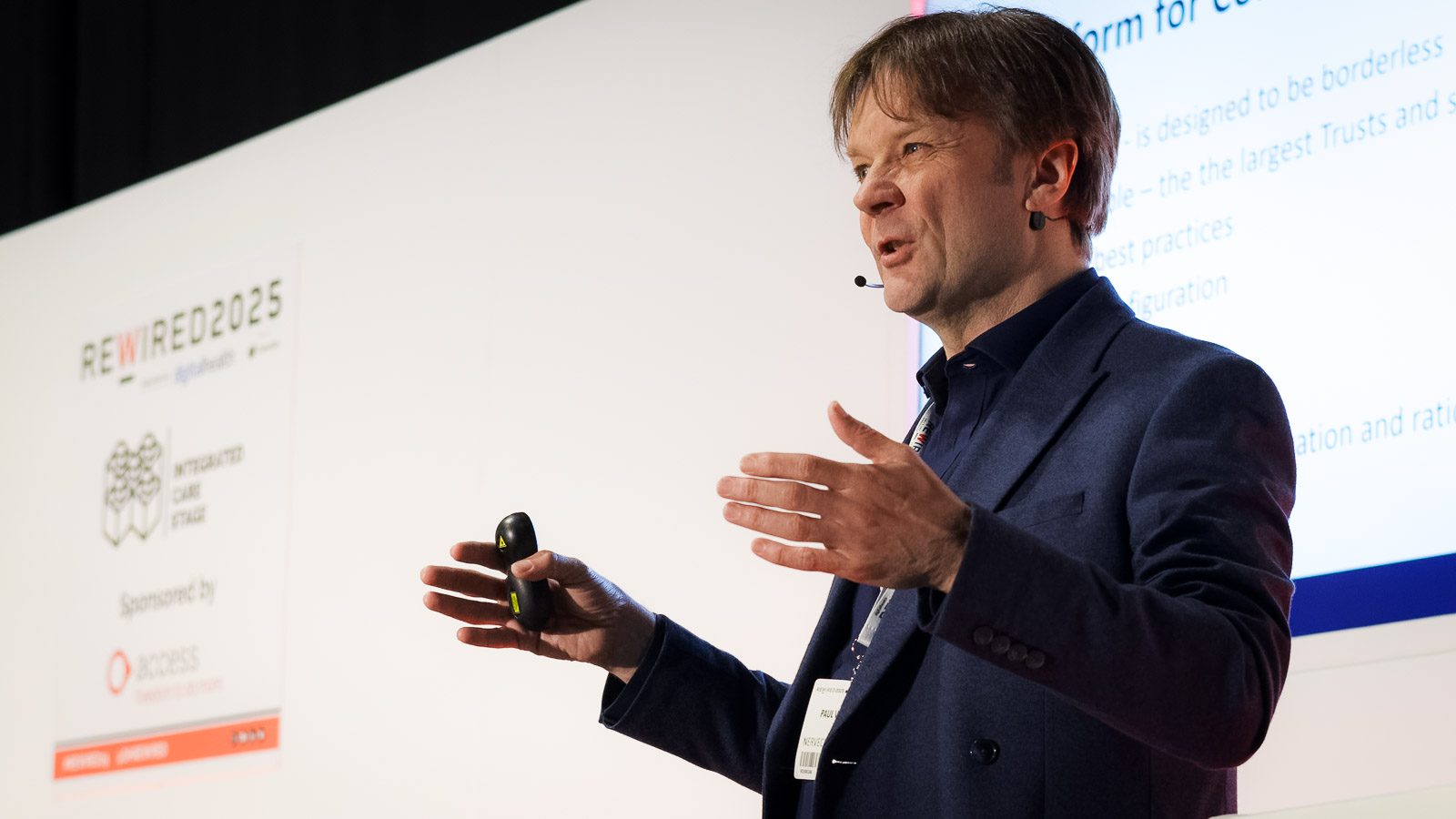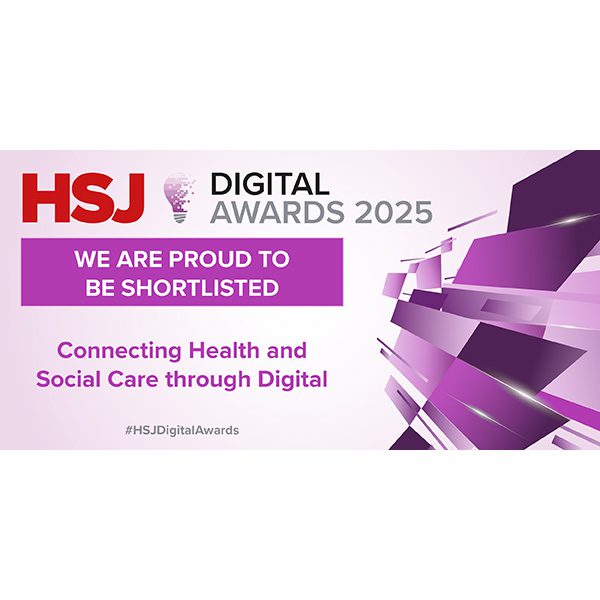There has been a lot of focus upon the “paperless” agenda in healthcare, and rightly so. Moving to electronic patient records will help improve patient care in a wide variety of ways. One example is that it makes the status of the patient available to everyone who needs to know in real-time, especially if that information can be viewed and updated on mobile devices.
The need to improve communication, on the other hand, does not receive as much attention in healthcare as it deserves, even though a 2009 NCEPOD study identified that poor communication between and within clinical teams had been a key issue in 13.5% of studied deaths. Everyone who has worked in a hospital is aware of the delays, confusion and harm that can be caused by the use of bleep pagers as the core communication tool.
But are the paperless and communication improvement initiatives separate challenges that require discreet solutions, or are they linked, and is an integrated approach worth exploring? If the move to paperless is facilitating improved sharing of information, does this mean that with the right approach and product choices communication challenges can be addressed at the same time?
Key to the importance of communication is the need to transfer accountability from the nurse requesting support to a clinician who can provide that support. For example, when a patient’s vital signs are triggering and escalation to a doctor is required, the accountability to attend must transfer to a doctor and not stay with the nurse. This is a failing of current bleep-based communication where the nurse is responsible for chasing an appropriate member of staff, leading to unnecessary delays and avoidable harm.
Mobile solutions that capture and share data at the point of care may go some way to improve communication but they cannot ensure accountability is transferred, as they cannot guarantee that the appropriate person has been notified and has accepted responsibility. Without the right person being accountable it is impossible to ensure safety. This is where a solution designed to encompass the strengths of both capturing patient data and real-time communications capabilities can drive significant improvements in patient safety.
The crossover between data and communication has long been seen as a holy grail and there have been many attempts to coin a term for systems that can help to deliver this, including Unified Communication, Collaboration and “CEBP” (Collaboration Enabled Business Processes). The common theme is the recognition that these are not discreet problems requiring discreet solutions, and in healthcare specifically patient safety can only be improved by teams working together, sharing information and communicating effectively.
Solutions that encompass both of these capabilities are surprisingly difficult to architect and therefore uncommon, and hence this is absolutely an area where there is strong differentiation between suppliers. A mobile solution that is focused largely upon data capture is in essence a database application with a user interface optimized for a mobile device, and will typically offer limited support for real-time communications. For example, escalating to a doctor may at best send a message to a named doctor, perhaps over SMS or email, but will struggle with the highly dynamic nature of hospitals.
Nervecentre was built from the ground up as both a data tool – highly integrated into clinical systems – and a communication-based workflow engine, allowing users to log in and out, capturing their presence and location, and tracking their current role and responsibility. All messages sent to clinicians are monitored to ensure they are both delivered to the device itself, and the receiving clinician has positively acknowledged their acceptance. Nervecentre can deal with individual changes of availability such as doctors changing roles or going into surgery, as well as shift changes, lunch breaks, the operating times of various services such as outreach, and out of hours operations.
This provides a powerful mechanism when the requirement is often simply to find the most appropriate clinician to assist with a sick patient as quickly as possible, and you will be surprised just how broadly such a capability can be applied to hospital processes.





